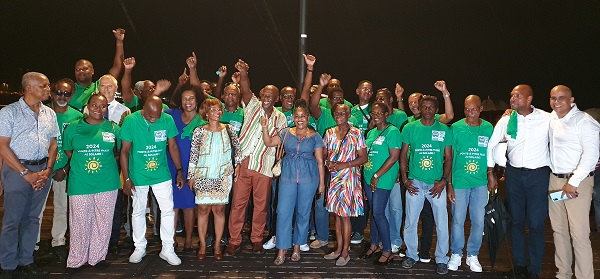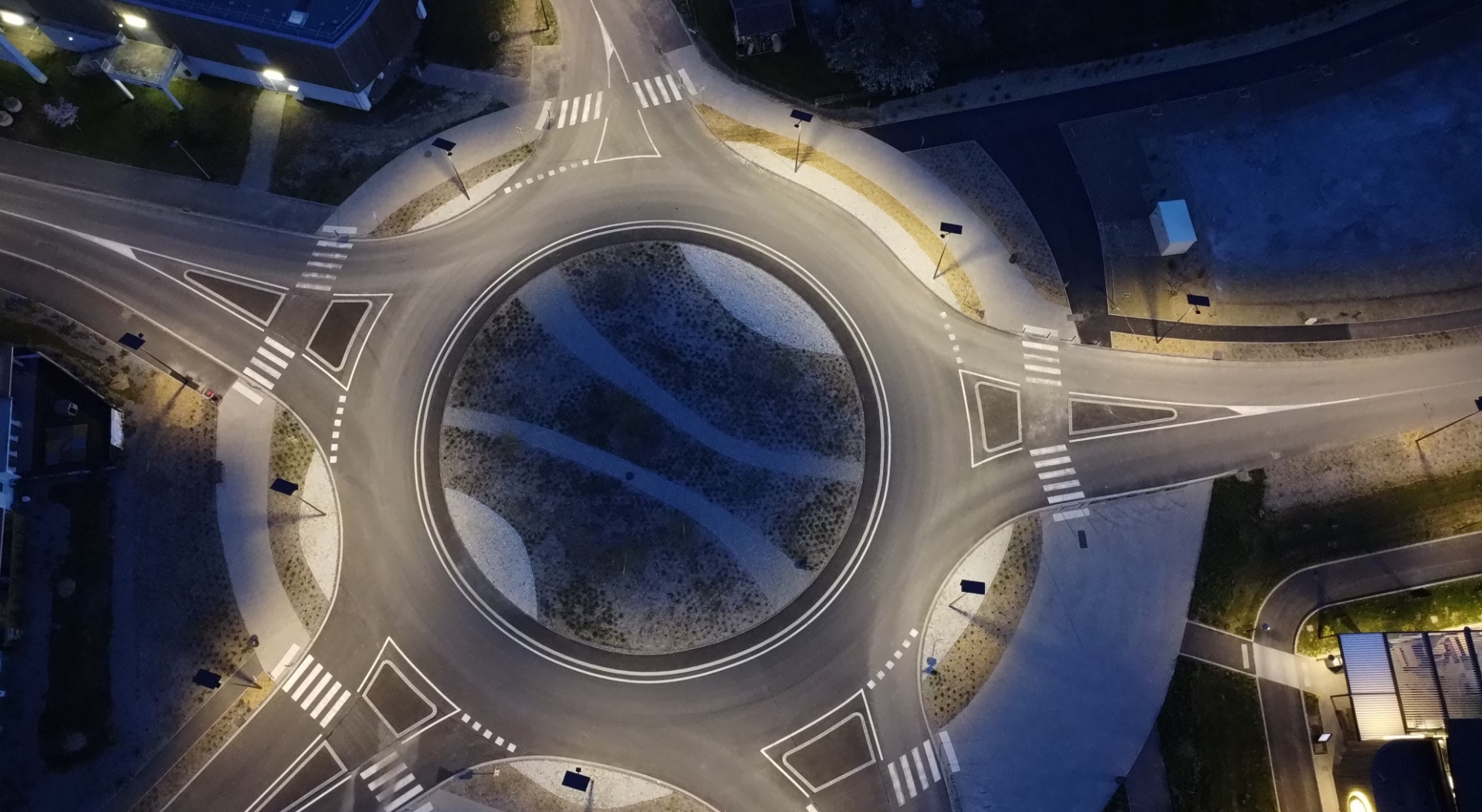Extreme Climate and Solar Public Lighting - Is It Compatible?
Solar public lighting is an innovative, sustainable, and eco-friendly solution that illuminates many areas around the world, including tropical islands. But how does this technology adapt to the unique conditions of these regions, where heat, humidity, and severe weather are the norm? Let’s explore how autonomous solar luminaires, equipped with photovoltaic panels, are revolutionizing public lighting in tropical climates.
Autonomy Serving Remote Areas
Abundant, free, and available everywhere on the planet, solar energy is particularly suited to tropical countries that enjoy significant sunlight. Photovoltaic panels, coupled with high-performance batteries like those used in Power 365 storage systems, allow solar energy to be captured and stored during the day and then converted into electricity to power streetlights at night. This technology ensures valuable autonomy and consistent brightness without the need for connection to the electrical grid, facilitating quick installation and use in remote or underserved areas.

Solar Lighting Solving Various Issues
In tropical regions, public lighting infrastructure faces numerous challenges. Wired lighting, which is not always suitable, still represents the majority of lighting used. Intelligent and connected solar public lighting effectively addresses these issues. Here are the main benefits of this solution:
-
Resistance to Extreme Weather Conditions: Autonomous solar streetlights from the Smartlight range are designed to withstand severe weather, high humidity, and extreme heat typical of tropical zones. In addition to resistance to high winds (EN40 standard), mechanical durability is enhanced in cyclone-prone areas. Battery chemistry also plays a crucial role in withstanding hot and cold temperatures; for example, NiMH batteries can endure temperatures ranging from -40°C to +70°C.
-
Energy Savings: Solar energy, available for free, allows significant savings for local authorities. By eliminating the use of fossil fuels, these solutions reduce energy costs while contributing to energy transition goals.
-
Enhanced Safety: More reliable than grid-connected lighting, solar public lighting improves safety in pedestrian areas, roads, and parking lots. Guaranteed anti-blackout, solar lights are smart and connected, offering better energy availability than wired lighting.
-
Vandalism Protection: Modern solar streetlights include features such as enhanced security, making them more resistant to vandalism, such as elevated batteries or anti-vandalism devices that prevent cable theft.
-
Quick and Simplified Installation: With no need for electrical grid connections, solar streetlight installations are quick, simple, and do not require heavy infrastructure work. This allows municipalities to deploy public lighting solutions rapidly while minimizing time and costs.
- Environmental Impact: Solar streetlights also contribute to reducing CO2 emissions and preserving biodiversity.
Case Study: Adoption of Solar Lighting in French Overseas Territories
For example, french overseas territories, mostly located in tropical regions, have progressively adopted solar lighting to meet their specific needs. Tropical islands face unique energy challenges, especially due to their geographic isolation and vulnerability to natural disasters. Many municipalities have adopted solar streetlights to illuminate their roads and public spaces. These installations have reduced dependence on fossil fuels while improving safety and comfort for residents.
The Largest Solar Lighting Project in Guadeloupe, FRANCE

In Pointe-à-Pitre (Guadeloupe, FRANCE), over 580 autonomous solar streetlights have been installed by Fonroche Lighting. This project is one of the largest in terms of solar public lighting in overseas territories. Funded by the Green Fund established by the French government, it provides constant and reliable lighting to over twenty kilometers of public roads while reducing the city's energy consumption.
This project, an example of successful energy transition, allows the city to save over 390,000 kWh per year, representing nearly €95,000 in savings by replacing outdated lighting systems. The use of photovoltaic panels and high-performance batteries has also reduced CO2 emissions by 285 tons, contributing to environmental preservation.
According to Harry Durimel, the Mayor of Pointe-à-Pitre, "The sun never sets in Pointe-à-Pitre (...) As mayor, I am happy to offer residents more comfort in lighting as well as control over energy expenses!"
Preserving Biodiversity in La Réunion
On the island of La Réunion, the focus is on preserving biodiversity! The installation of around fifty autonomous solar streetlights near the beautiful Palmiers Park ensures respect for the surrounding biodiversity. The sustainably lit parking lots and bike paths now benefit from secure, high-performance, and durable lighting. The Smartlight streetlights, manufactured in France, guarantee a quality of lighting that does not disturb the site’s biodiversity and environment. These lights also feature a cyclone-resistant system that enhances their durability against extreme weather events.

Solar Streetlights – A Sustainable and Reliable Solution for the Tropics
Solar lighting proves to be a perfectly suited solution for tropical regions and their extreme climatic conditions. Tropical islands and urban areas in French overseas territories are adopting this technology for its ease of installation, low environmental impact, and energy savings.
The installation of solar streetlights in these regions has:
- Enhanced the resilience of public lighting networks against cyclones and other extreme weather events.
- Reduced dependence on fossil fuel imports, contributing to the islands' energy independence.
- Preserved fragile ecosystems and rich biodiversity by limiting light pollution and reducing CO2 emissions.
Thanks to innovations like these, these territories now benefit from efficient, resilient, and sustainable lighting technology, ensuring a successful energy transition while preserving biodiversity.
Intelligent solar public lighting meets the needs for safety, performance, power, and ecology, offering a turnkey solution for local authorities. With this solution, tropical municipalities are stepping into a new era where sustainable and environmentally respectful lighting illuminates cities and pedestrian pathways, ensuring a greener and more connected future.







